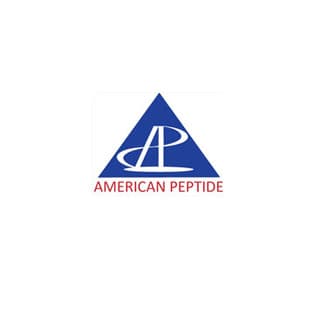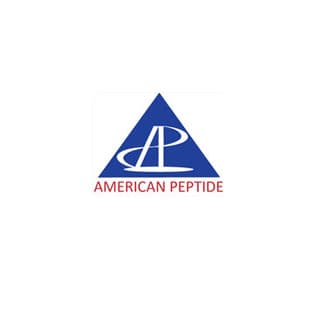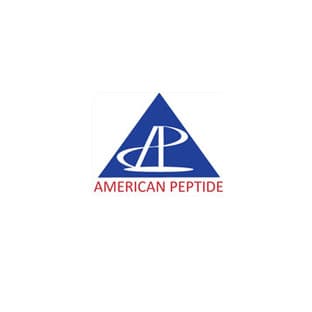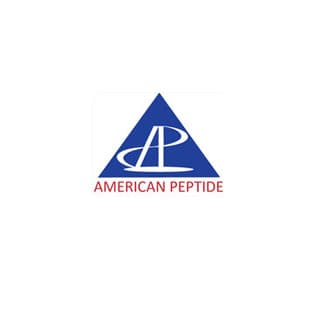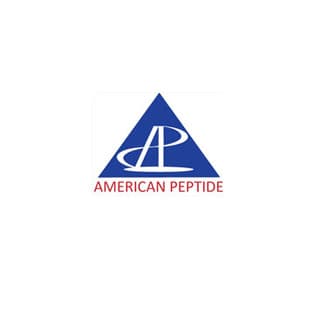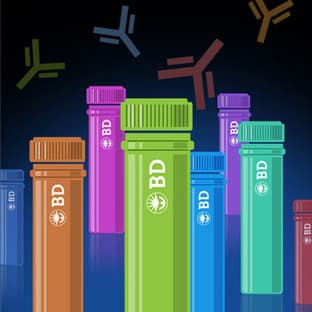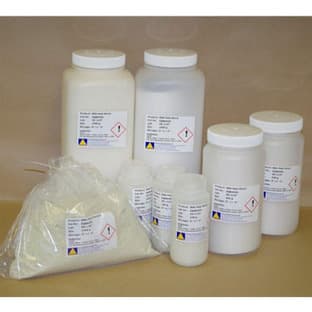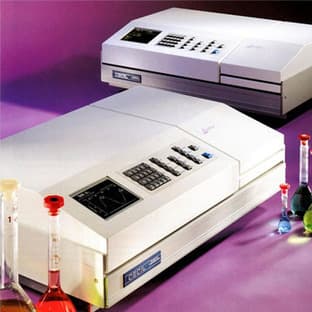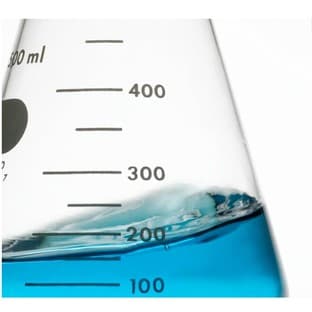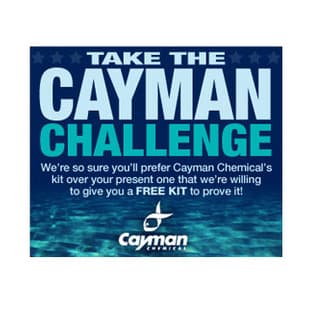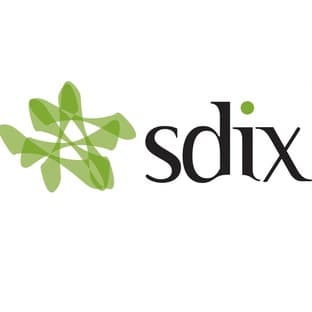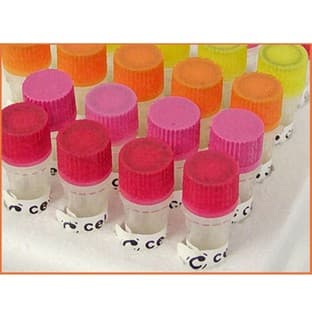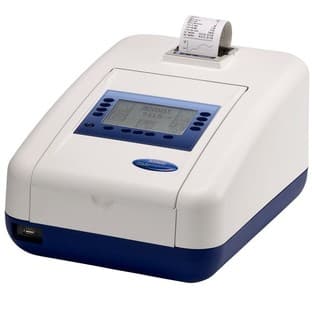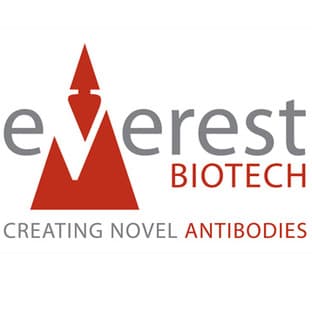
Supplier:
United States BiologicalCat no: G8145
Glycerol (Glycerine)
Prices direct from United States Biological
Quick response times
Exclusive Biosave savings/discounts
SPECIFICATIONS
Catalog Number
G8145
Size
1L
Form
Clear viscous liquid
Purity
(same/more than)99.7%
References
Walter S. Long. The Composition of Commercial Fruit Extracts Transactions of the Kansas Academy of Science (1903-), Vol. 28, Jan. 14, 1916 - Jan. 13, 1917 (Jan. 14, 1916 - Jan. 13, 1917), pp. 157-161 doi:10.2307/3624347\nJ. A. Melero, R. vanGrieken, G. Morales and M. Paniagua (2007). \"Acidic Mesoporous Silica for the Acetylation of Glycerol: Synthesis of Bioadditives to Petrol Fuel\". Energy Fuels 21 (3): 1782-1791. doi:10.1021/ef060647q.\nDow Chemical Company (15 Mar 2007). \"Dow Achieves Another Major Milestone in its Quest for Sustainable Chemistries\". Press release.\nL. Ott, M. Bicker and H. Vogel (2006). \"The catalytic dehydration of glycerol in sub- and supercritical water: a new chemical process for acrolein production\". Green Chemistry 8 (2): 214-220. doi:10.1039/b506285c.\nWatanabe, M. et al (2007). \"Acrolein synthesis from glycerol in hot-compressed water\". Bioresource Technology 98: 1285-1290.\nS. S. Yazdani and R. Gonzalez (2007). \"Anaerobic fermentation of glycerol: a path to economic viability for the biofuels industry\". Current Opinion in Biotechnology 18 (3): 213-219. doi:10.1016/j.copbio.2007.05.002. Lay summary
Alternative Names
Glycerine
SUPPLIER INFO
Website:
www.usbio.netApplications
ELISA
Reactivities
Hum
Applications
IF
Hosts
Mouse
Applications
ELISA, WB
Hosts
Mouse
Reactivities
Hum
Applications
ELISA, FC, WB
Hosts
Mouse
Reactivities
Hum
Applications
ELISA, FC, IHC, WB
Hosts
Mouse
Applications
IHC, WB
Hosts
Rabbit
Reactivities
Hum
Applications
ELISA, WB
Hosts
Rabbit
Reactivities
Hum
Latest promotions
Spend less time on DNA cleanup so you can do more science. The MSB Spin PCRapace is the fastest way to purify your DNA from PCR, restriction digestion, and...
Use promo code EASY3 to receive 13% off and FREE shipping!Experience a new dimension of electronic pipetting with the NEW Easypet 3 pipette controller. The...
New brilliant antibodies, and new lower prices!For flow cytometry reagents in general, \"bright is better.\" The violet-excitable BD Horizon™ BV421 and...
As an incentive to qualify our BSA, we are offering a 20% discount when you purchase your first 100g, 500g or 1000g of any grade of Bovine Serum Albumin....
It is not every day that you are given something for nothing. We are giving away additional spectrophotometer software.Cecil Instruments have enhanced the...
Did your supplier increase the price of Fetal Bovine Serum? Did they substitute the US Origin with USDA? Well say no more! Innovative Research is still...
We're so sure that you'll prefer Cayman Assay kits over your present brand that we're willing to give you a free assay kit to prove it!
For the past decade scientists have extensively used ATS secondary toxin conjugates to make their own targeted toxins for in vitro use.The ability to combine...
10% Discount on 2 Rabbit Polyclonal Antibody Service. With over 20 years experience, SDIX has developed into the premier US custom antibody producer,...
Bulk Cytokines with Custom Vialing.20 - 50% off cytokines, growth factors, chemokines and more...For a limited time Cell Sciences is offering substantial...
Jenway’s 73 series spectrophotometer range provides four models with a narrow spectral bandwidth of 5nm and an absorbance range of –0.3 to 2.5A,...
Are you planning to have a customised antibody made for your research?Since 2000, Everest has been producing a catalog containing thousands of affinity...
Top suppliers
United States Biological
230753 products
Carl Zeiss Microscopy
27 products
Eppendorf
1 products
Promega Corporation
11 products
Panasonic Healthcare Company
5 products
Life Technologies
1 products
Nikon Instruments Europe
11 products
Olympus Europa Holding GmbH
3 products
Leica Microsystems, Inc.
10 products
GE Healthcare Life Sciences
2 products
Tecan Trading AG
19 products
Beckman Coulter, Inc.
1 products
AB SCIEX
3 products
BD (Becton, Dickinson and Company)
1 products
RANDOX TOXICOLOGY
5 products
Randox Food Diagnostics
6 products



